In May this year, two groups of farmers, agronomists and journalists gathered on opposite sides of the country to experience Agrifac’s revolutionary AiCPlus camera spot spraying system.
The venues were both working broadacre cereal properties: One near Pingrup in W.A’s Great Southern, and the other outside Moree in northern NSW. Organising two events over 3,000 kilometres but just four days apart, all from offices in Adelaide, certainly presented some logistical challenges. But thanks to a hard-working team and helpful suppliers, both days were very successful.
Over 150 industry people took the opportunity to share information, questions and comments.
Technology targets weeds
An abbreviation of ‘Agrifac Intelligent Camera Plus’, AiCPlus was developed by Agrifac together with French ag-tech firm Bilberry. An Australian office will provide local support.
The system uses optical cameras and microprocessors to identify weeds ahead of the spray boom, then triggers appropriate nozzles as the boom passes overhead, to ‘spot spray’ just the unwanted plants.
Bilberry CEO Guillaume Jourdaine was on hand to give a presentation on the technology and its development roadmap.
He pointed out that the system is currently in its ‘green on brown’ (green weeds on fallow fields) release stage. ‘Green on green’ spot spraying and, ultimately, night spraying are both well advanced and will be released over the next few growing seasons.
The farmers, agronomists and journalists were able to ask M. Jourdaine their own questions one-on-one throughout the rest of each day – and many took advantage of the opportunity.
New Agrifac sprayer unveiled
93.5% cost reduction
The morning presentations were followed by in-field demonstrations. With plenty of hectares available, attendees were able to see just how effectively AiCPlus can target weeds at spraying speeds of up to 20 km/h.
In fact, the Moree venue was the site of pre-release testing for AiCPlus in Australia, and the results were very revealing.
Spraying the 6,199 hectare property at a target rate of 150 l/ha, AiCPlus consumed only 60,440 litres of water and 1,814 litres of chemical; compared to 926,850 l of water and 27,896 l of chemical with conventional ‘blanket’ spraying.
That translated into 110 hours of saved refilling time (12 refills versus 223) and a reduction in chemical costs of $151,277 or 93.5%.
AiCPlus is an example of Agrifac’s ‘NEED Farming’ approach to protecting crops on a plant-by-plant basis.
The technology launch events let a range of farming stakeholders see how camera technology can reset the numbers on spraying – from basic chemical costs and water usage, through to the environmental effects of producing and protecting future food crops.
Source: Agrifac
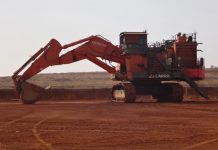

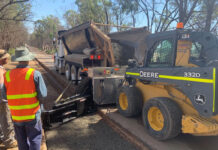
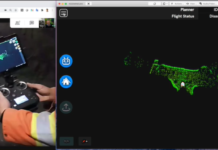
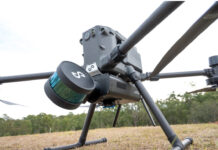

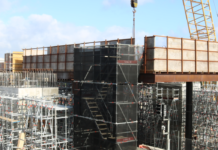
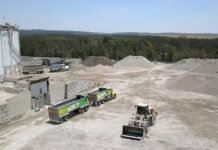


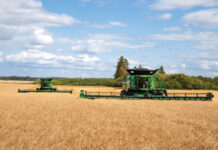

 Copyright 2020 All rights reserved.
Copyright 2020 All rights reserved.